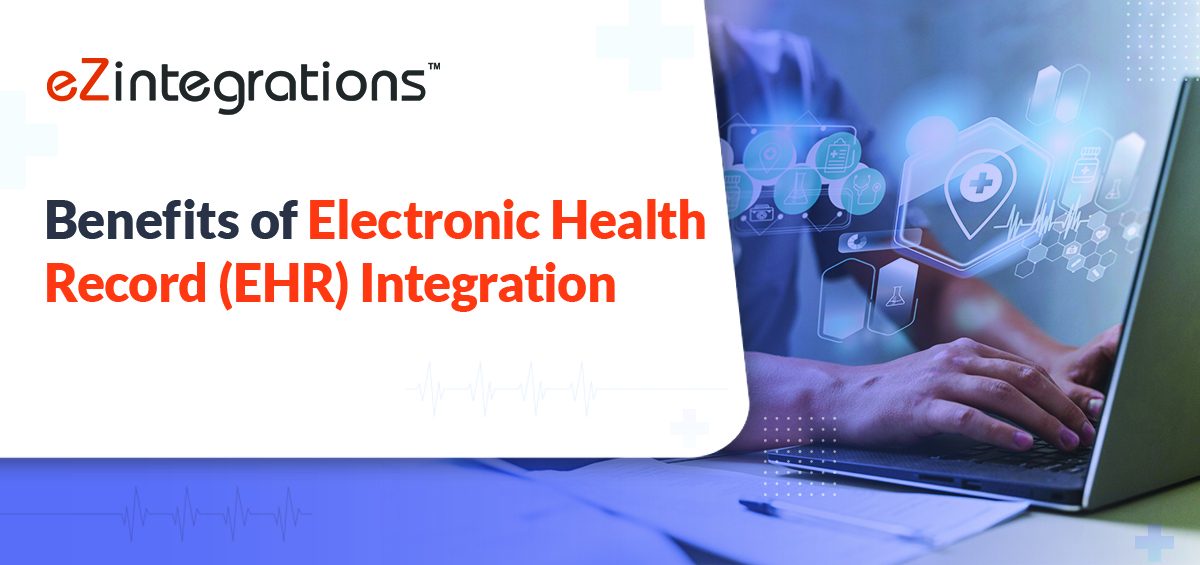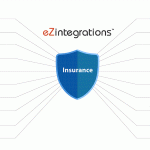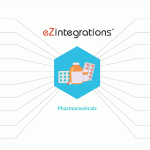1)Introduction
Electronic Health Record (EHR) Integration has ushered in a new era in healthcare, transforming the way patient information is collected, managed, and utilized. This digital revolution has brought forth a multitude of benefits that have a profound impact on patient outcomes, cost efficiency, data accessibility, and even the advancement of medical research. In this comprehensive exploration, we will delve into the advantages of EHR Integration in detail, understanding how it has enhanced patient care, saved time and costs, facilitated telemedicine, and revolutionized research and population health management.
2) Enhanced Patient Outcomes:
One of the most significant advantages of EHR Integration is its direct contribution to enhanced patient outcomes. In the past, healthcare providers relied heavily on paper-based records, which often led to fragmented and incomplete patient information. This could hinder the diagnostic process and lead to suboptimal treatment plans. However, with the advent of EHR Integration, healthcare providers now have seamless access to comprehensive and up-to-date patient records. This availability of accurate information forms the foundation for improved patient care in several ways.
3) Quicker Diagnoses:
EHR Integration streamlines the process of accessing patient data, allowing healthcare providers to quickly retrieve relevant information. This expedites the diagnostic phase, as physicians can review a patient’s medical history, lab results, and imaging reports with ease. Quicker diagnoses mean faster initiation of appropriate treatment, which is crucial in cases of acute illnesses or emergencies.
4) More Effective Treatment Plans:
Informed by a patient’s complete medical history and current health status, healthcare providers can create more tailored and effective treatment plans. For example, if a patient has allergies or preexisting conditions, this information is readily available to guide treatment decisions, reducing the risk of adverse reactions or complications.
5) Reduced Medical Errors:
Inaccurate or incomplete patient information is a major contributor to medical errors. EHR Integration mitigates this risk by maintaining a comprehensive and accurate record of a patient’s health history. This reduces the likelihood of medication errors, incorrect diagnoses, or other mistakes that can have serious consequences for patients.
6) Patient Engagement:
EHR Integration also empowers patients to take an active role in their healthcare. Patients can access their own records, review lab results, and stay informed about their treatment plans. This transparency fosters better communication between patients and healthcare providers, leading to more informed decisions and improved adherence to treatment regimens.
7) Time and Cost Savings:
The transition from paper-based records to electronic health records brings about significant time and cost savings across the healthcare ecosystem.
8) Streamlined Administrative Processes:
Paper-based record-keeping is labor-intensive and error-prone. Staff members need to physically file, retrieve, and update records, leading to inefficiencies and potential data entry errors. EHR Integration automates many of these administrative tasks, reducing the burden on healthcare personnel and improving the accuracy of record-keeping.
9) Paperwork Reduction:
The mountains of paperwork associated with paper-based records are virtually eliminated with EHR Integration. This not only saves physical storage space but also reduces the environmental impact of paper consumption. Furthermore, it simplifies the process of record retrieval, as digital records can be accessed with a few clicks rather than sifting through physical files.
10) Optimized Billing and Claims Processing:
EHR Integration improves billing and claims processing by automating many of the tasks involved. It ensures that billing codes are accurate and complete, reducing the risk of claim denials or delays. This results in faster reimbursement for healthcare providers and a more streamlined revenue cycle.
11) Resource Allocation:
With fewer resources dedicated to administrative tasks, healthcare organizations can redirect their staff and financial resources towards patient care and other critical areas. This improves the overall efficiency of healthcare delivery.
12) Data Accessibility and Telemedicine:
EHR Integration has paved the way for greater data accessibility and the widespread adoption of telemedicine, particularly highlighted during the COVID-19 pandemic.
13) Remote Access to Patient Records:
Perhaps one of the most significant advantages of EHR Integration is the ability to access patient records remotely. This capability proved invaluable during the COVID-19 pandemic, enabling healthcare providers to continue delivering care while minimizing physical contact. Remote access ensures that healthcare professionals can review patient information from the safety of their homes or other remote locations, reducing the risk of virus transmission.
14) Telemedicine and Remote Consultations:
Telemedicine, made possible by EHR Integration, has revolutionized the way healthcare is delivered. Patients can now receive medical consultations, follow-ups, and even prescriptions without visiting a physical healthcare facility. This not only improves accessibility for patients in remote or underserved areas but also offers convenience and reduces the burden on healthcare infrastructure.
15) Continuity of Care:
EHR Integration supports seamless continuity of care, even when patients switch healthcare providers or receive care from multiple specialists. The sharing of digital patient records ensures that all relevant information is available to each healthcare professional involved in the patient’s care, leading to a more coordinated and effective treatment approach.
16) Enhanced Patient Engagement:
Telemedicine, facilitated by EHR Integration, promotes patient engagement by offering remote options for consultations and follow-ups. Patients appreciate the convenience of virtual visits and are more likely to seek timely care when needed.
17) Research and Population Health Management:
Integrated EHR systems generate vast amounts of data that can be leveraged for clinical research and population health management. This data-driven approach holds immense potential for advancing healthcare on a broader scale.
18) Clinical Research:
EHR Integration supports clinical research by providing researchers with access to comprehensive and real-world patient data. This data can be anonymized and used for studies on disease trends, treatment efficacy, and patient demographics. Researchers can analyze large datasets to identify patterns, risk factors, and potential interventions, ultimately contributing to advancements in medical science.
19) Evidence-Based Medicine:
The wealth of data within EHR systems helps promote evidence-based medicine. Physicians can access up-to-date information on best practices, treatment guidelines, and the latest research findings directly within the EHR system. This ensures that patient care is aligned with the most current and effective treatments.
20) Population Health Management:
EHR Integration is a cornerstone of population health management efforts. Healthcare organizations can use EHR data to identify at-risk populations, monitor chronic disease management, and implement preventive care strategies. This proactive approach to healthcare can improve outcomes for entire communities and reduce the burden on the healthcare system.
21) Quality Improvement:
EHR Integration enables healthcare organizations to track key performance indicators and quality metrics. By analyzing this data, they can identify areas for improvement and implement targeted interventions to enhance the quality of care delivered to patients.
Conclusion
EHR Integration represents a transformative shift in healthcare, offering a multitude of benefits that touch every aspect of the industry. From improved patient outcomes to substantial time and cost savings, enhanced data accessibility, and the potential for groundbreaking research, EHR Integration has become an indispensable tool in modern healthcare. As technology continues to advance, the potential for even greater innovations in healthcare delivery and patient care through EHR Integration is boundless. It is a testament to the power of digital transformation in revolutionizing an industry dedicated to improving the health and well-being of individuals and communities worldwide.






